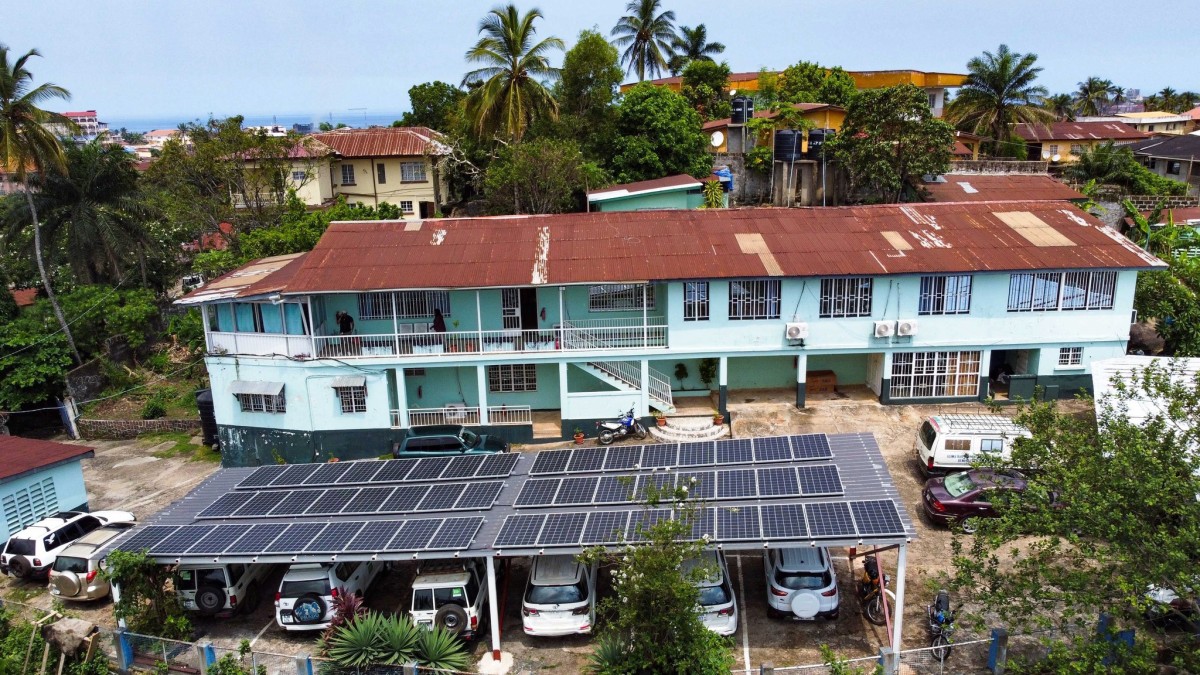As India steps confidently towards a greener and more sustainable future, the Union Budget 2025 emerges as a defining moment to shape the nation’s energy landscape and unlock its immense potential. With an ambitious target of achieving 500 GW of renewable energy capacity by 2030, this year’s budget must set a bold and actionable roadmap to overcome current challenges while laying the foundation for long-term growth. This is more than just a fiscal exercise—it is a decisive step in reshaping the way India powers its industries, cities and villages in alignment with economic progress and environmental responsibility.
Ambition meets infrastructure
India’s renewable energy ambition is unparalleled, but the scale of transformation required is equally daunting. To achieve its 2030 target, the country must triple its annual capacity additions from the current 28 GW to 50–60 GW. However, infrastructure limitations, particularly in transmission and power evacuation, threaten to slow progress.
The Green Energy Corridor (GEC) Phase III is pivotal in addressing these challenges. Renewable- rich states like Gujarat, Rajasthan and Madhya Pradesh are central to India’s energy transition, but power evacuation infrastructure in these states remains underdeveloped. By prioritizing investments in interstate transmission systems, the budget can ensure seamless power flow from generation hubs to consumption centers. Additionally, subsidies for smart grid technologies and Battery Energy Storage Systems (BESS) will be critical to managing grid stability as renewable energy’s share in the energy mix increases.
Strengthening domestic manufacturing
India’s vision of becoming a self-reliant energy powerhouse and global manufacturing hub hinges on building a robust domestic manufacturing ecosystem. While the Production-Linked Incentive (PLI) scheme has bolstered solar panel and module production, it must now extend to upstream components such as polysilicon, wafers, and solar glass. This will reduce dependency on imports, lower costs, and create employment opportunities while positioning India to serve worldwide demand for renewable energy components.
Impact Shorts
More ShortsWind energy also requires targeted support through a dedicated PLI scheme for original equipment manufacturers (OEMs) and large-scale turbine production. Rationalising customs duties on raw materials and standardizing GST rates for renewable energy equipment will further enhance the financial viability of domestic manufacturing. By fostering innovation and creating a competitive ecosystem, India can secure its position as a global leader in renewable energy production and emerge as a key supplier to meet international clean energy requirements.
The role of green hydrogen
As the global energy landscape evolves, green hydrogen has emerged as a key player in decarbonizing hard-to-abate sectors like steel, cement, and long-haul transportation. India has the potential to lead this revolution, but its green hydrogen ecosystem is still in its infancy.
The Union Budget 2025 must allocate significant resources to accelerate green hydrogen adoption. Targeted subsidies, pilot projects, and infrastructure investments will help scale production and reduce costs. Beyond its environmental benefits, green hydrogen represents an economic opportunity, capable of generating jobs, attracting foreign investment, and positioning India as a global hub for clean energy technologies.
Tackling energy storage and grid stability
Energy storage is no longer an option, it is an essential component of India’s renewable energy future. Solar and wind power’s inherent intermittency requires advanced storage solutions to ensure a reliable power supply. Battery Energy Storage Systems (BESS) can stabilize the grid and enable efficient integration of renewable energy into the power system.
The government must introduce subsidies and tax incentives for large-scale BESS projects. Coupled with investments in DISCOM modernization and digital solutions like AI-powered smart meters, these measures can reduce transmission and distribution losses while improving overall efficiency. Strengthening the grid’s resilience is key to supporting India’s renewable energy ambitions.
Unlocking rooftop solar potential
Rooftop solar represents a tremendous opportunity for decentralized clean energy generation. However, its adoption has been hampered by regulatory hurdles and limited financial support. The budget must address these challenges by simplifying approval processes, providing financing options, and removing state-imposed caps on rooftop solar capacity for industrial establishments.
Incentives for battery-backed rooftop solar systems can further increase their appeal, offering both energy independence and grid support. Expanding rooftop solar adoption across residential and commercial sectors is a low-hanging fruit in India’s energy transition.
Financial support for long-term stability
Achieving India’s renewable energy targets will require unprecedented financial support. Extending the concessional 15 per cent tax rate under Section 115BAB for renewable energy projects can provide developers with long-term stability. Reinstating lower withholding tax rates for external borrowings and exempting GST on Renewable Energy Certificates (RECs) will reduce financial burdens and encourage investments.
Further, the budget must incentivize private sector participation in transmission PGCIL) and similar initiatives could unlock latent investor interest and accelerate infrastructure development.
Green energy for a sustainable future
India’s renewable energy journey is not just a story of targets and timelines—it is a vision for a sustainable and equitable future. The Union Budget 2025 offers a golden opportunity to accelerate this transition by addressing structural challenges, incentivizing clean energy solutions, and fostering innovation.
From transmission infrastructure and domestic manufacturing to green hydrogen and energy storage, the budget must deliver a comprehensive strategy that balances ambition with action. This is not just about meeting the 2030 target, it is about positioning India as a global leader in clean energy, creating jobs, and building an energy ecosystem that future generations can be proud of.
The time for incremental changes is over. The Union Budget 2025 must act as a blueprint for India’s green energy revolution, demonstrating that economic growth and environmental sustainability are not mutually exclusive but interdependent. By making bold choices now, India can pave the way for a cleaner, brighter future.
The author is Chairman and Managing Director of Apollo International Group.


)

)
)
)
)
)
)
)
)



